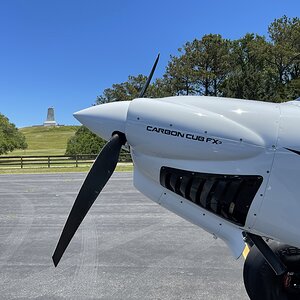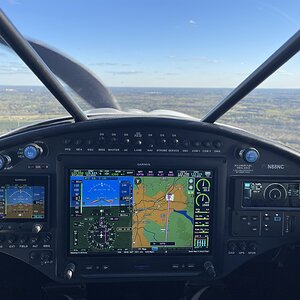Cactus Charlie
Well-known member
- Joined
- Mar 1, 2025
- Posts
- 203
- Type aircraft owned
- CCX-2000 (FX-3)
- Base airport
- KDVT
- Ratings
- Commercial ASEL, ASES, AMEL, glider. CFI glider, ASE, Instrument.
At delivery (CubCrafters aircraft) you are not aware of an alternator failure until you are at -10A for alerts. I'm not sure when that occurs, maybe it's instant when the alternator goes offline, I'd have to pull the FLD (field) breaker to see what happens.
The battery discharge current will depend on system load and that will vary with aircraft configuration.
My aircraft with all avionics on, strobes on, and landing lights flashing, pulls less than 10 A. I would not expect to ever get battery AMPS Alerting in the "as delivered" alerting configuration.
If you test by pulling the Field CB you need to do it at typical cruise rpm as the ignition module current increases with rpm. Do it with and without the electric fuel pump on. (I would suggest not running the test in flight.)
The following plot is a typical flight for my FX-3. I derived system load by subtracting battery charge current from alternator output current. The variation of load for run-up, takeoff, and fuel pump on/off can be seen. Derived system load is the current that would have to be supplied by the battery if the alternator failed.





